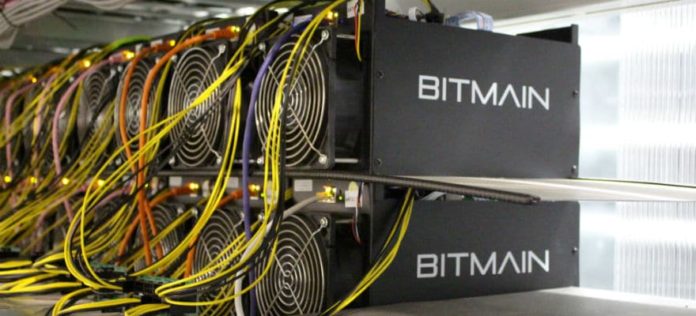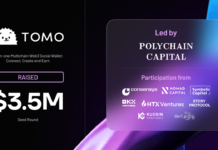
Mining pools owned by Bitmain have now control 45 percent of the computing power on the Bitcoin blockchain, worryingly close to the dreaded 51 percent threshold.. BTC.com and AntPool, two such pools, have found 25.7 and 16.1 percent of all blocks respectively over the last week.
This is an issue because if an entity controls an absolute majority of the hash rate, that entity could execute a ‘51 percent attack‘, theoretically jeopardising the entire system.
What is a 51 attack?
In a blockchain, each block must be validated by a mining computer, which compete to do so. The only way for a miner to validate a block is to try combinations until one fits, that is, when it discovers the correct code, or ‘hash’. That hash is semi-random; partly randomly generated but also containing within it a reference to the previous hash in the chain. All blocks are thus linked, and this is how we know that the blockchain is valid.
When a new block is added to the chain, all mining nodes try to validate the next block referencing that block. If there is more than one chain, the nodes will aim for the one with the longest history.
But if one group controls more than half of all the computational power on the system, it can choose an older block in the middle of the chain and start re-mining everything from there. That chain will overtake the original chain and all original chain-transactions that had happened since the fork will become invalid.
It can also refuse to accept blocks created by others.
People join mining pools because mining is not the most effective way to make money. By grouping together, nodes have more chance of successfully validating blocks and while their profits will be smaller because they are shared, they are still better than the nothing that they would most likely earn otherwise. For reference, the proportion of computer operations to accepted validations as of March 2018 was 8.7 quintillion to one, and the amounts of electricity used is enormous.
Suggested articles
Cryptopay Launches Live Ripple Purchasing as Demand GrowsGo to article >>
The problem, as we have seen, is that the size of a these groups tends to snowball and create monopolies.
In July 2014 (when one bitcoin was worth around $550) a mining pool called GHash.IO actually exceeded 51 percent. In response, miners actually stopped mining with the pool.
Responding to community concern, the company voluntarily limited itself to 39.9 percent of the hashrate, and proposed that other groups follow suit.
Bitmain has already exceeded that, and it isn’t even devoting all of its computing power to Bitcoin mining, because it also mines Bitcoin Cash. In addition to this, as the difficulty of mining Bitcoin grow and the price drops (as it has recently), smaller companies are likely to be forced out of business.
The company, originally from Beijing, has offices in Amsterdam, Tel Aviv and Zug and has attracted funding from some big names, and by January of this year it already accounted for 41 percent of the computing power on the Bitcoin blockchain. It was criticised in March for releasing a new mining machine that it knew would soon become obsolete.

Financemagnates.com is author of this content, TheBitcoinNews.com is is not responsible for the content of external sites.
Our Social Networks: Facebook Instagram Pinterest Reddit Telegram Twitter Youtube











